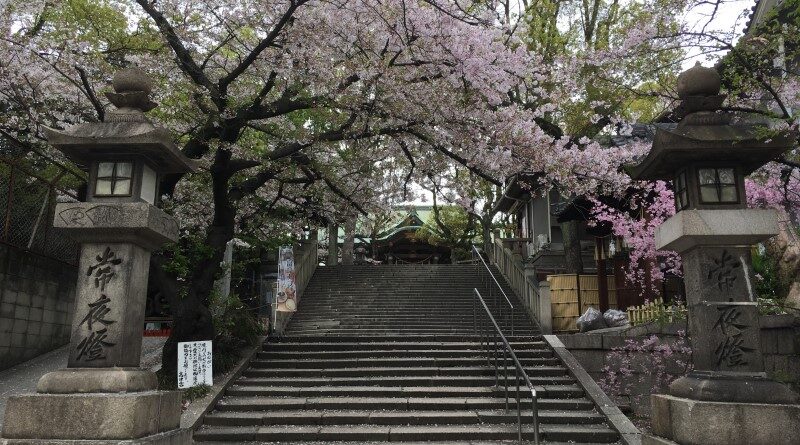
Famous Shrine near Namba: Kouzu Shrine
Kouzu Shrine, located in the heart of Osaka City, is dedicated to one of the most important people in Osaka’s history, Emperor Nintoku[仁徳天皇].
Who Was Nintoku?
The reign of Emperor Nintoku ranged from about 509 to 571 CE. Many emperors before, and after Nintoku frequently moved the capital’s location seemingly on the whim of whichever emperor was in power. Shiga or Nara were often popular locations and each time the capital moved, that meant new palaces would be built as well. It is unclear exactly why Nintoku choose Osaka as his capital. Nevertheless, Nintoku built his palace in the heart of Osaka and named it Takatsunomiya [高津宮].
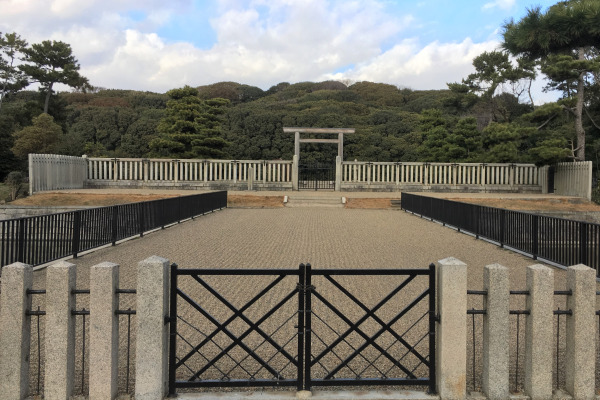
One famous story about him says that once Emperor Nintoku went out on his veranda high up in his palace, to observe the city below. When he looked down, he saw there was no smoke rising from the chimneys of the houses below. Realizing the people were poor and had nothing to cook, Emperor Nintoku exempted the people of Osaka from their taxes for three years. Naturally, this made Nintoku very popular with his people.
Shrine Grounds
Kouzu Shrine is definitely one of the best hanami places in Osaka. When we visited the shrine in early April, tons of people were enjoying the flowers in and around the shrine.
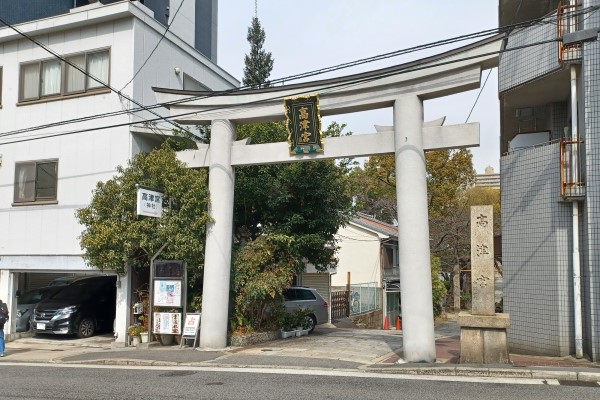


Kouzu Shrine burned down in both the Siege of Osaka and WWII. After the war it was rebuilt in 1961. Kouzu Shrine enshrines not only Emperor Nintoku, but also many members of his family, namely his grandparents Emperor Chuai and Emperess Jingu.
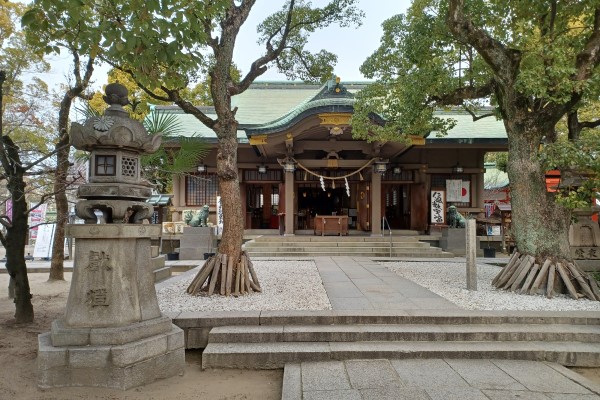
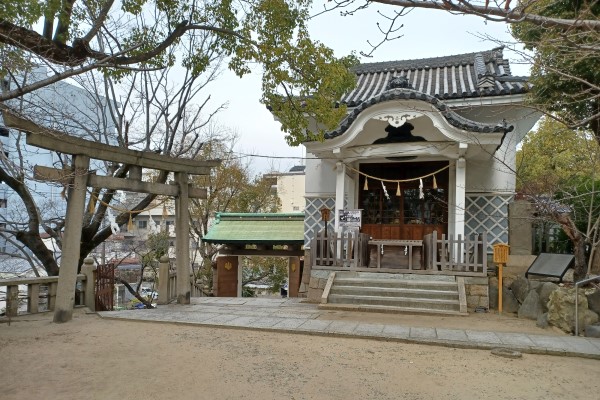
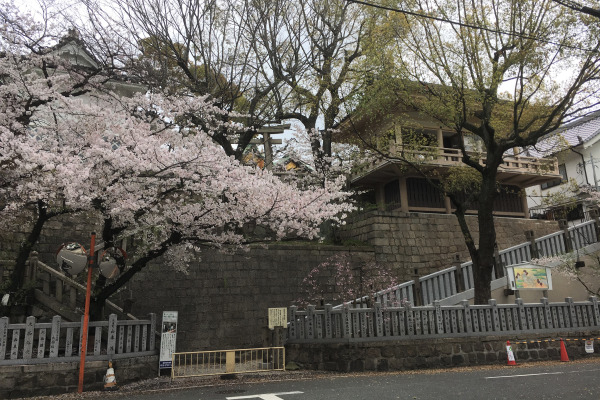
If you are fond of the god Inari, there is a shrine for Inari in Kouzu, too. The shrine is called Takakura Inari [高倉稲荷神社] and is one of the most popular Inari shrines in Osaka.
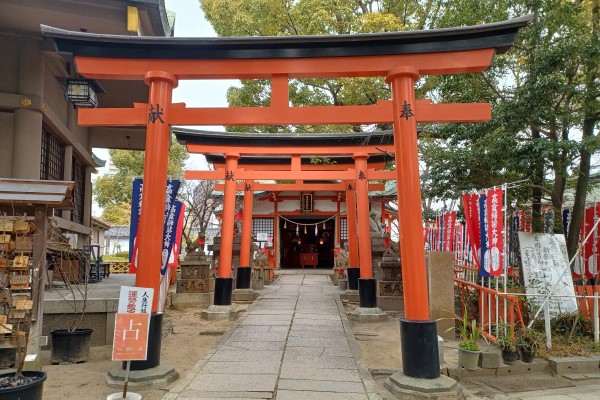
Points of Interest
Kouzu Park
There are lots of plum trees behind the shrine. This most likely because of the poem Wani wrote for Emperor Nintoku’s coronation (read it here).
This is a particularly nice shrine to visit in the spring, since it offers a couple different kinds of flowers.
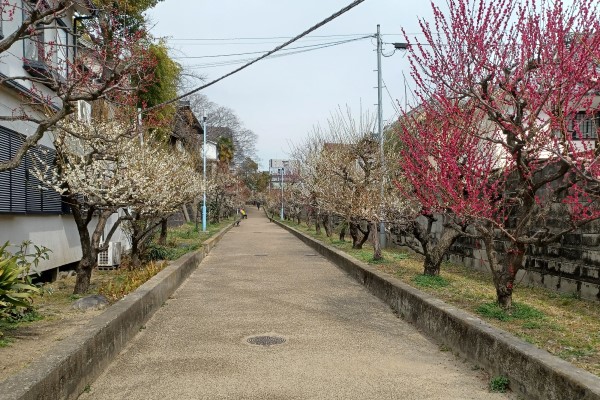
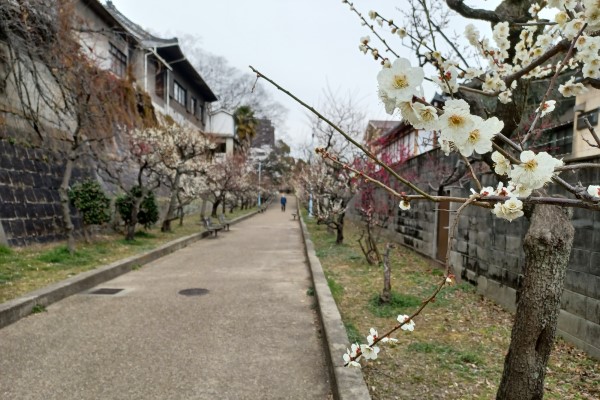
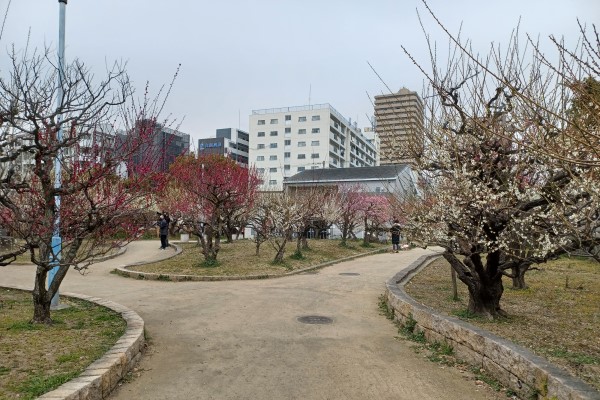
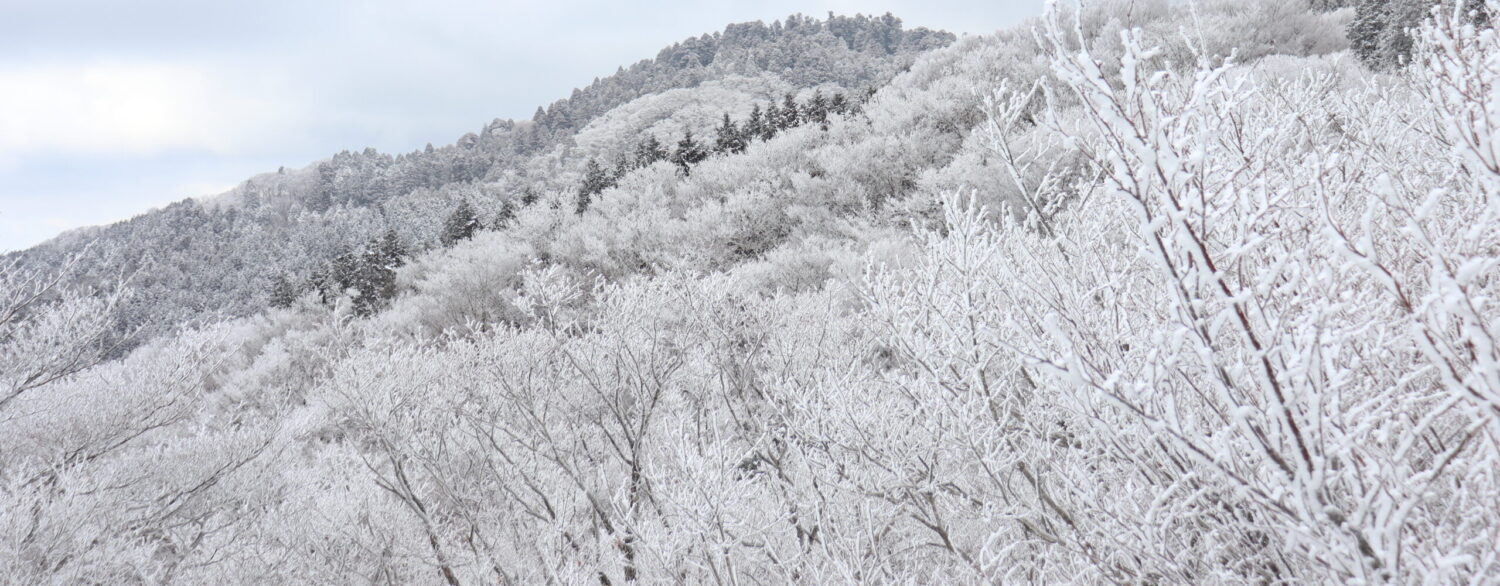
Leave a Reply